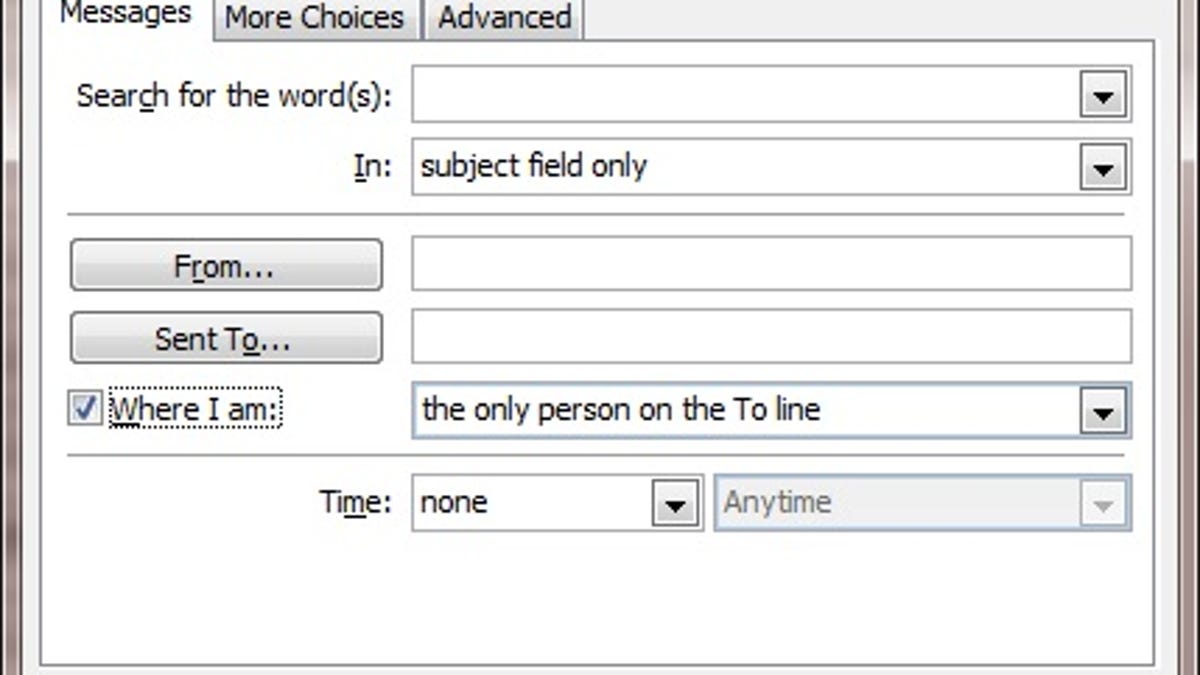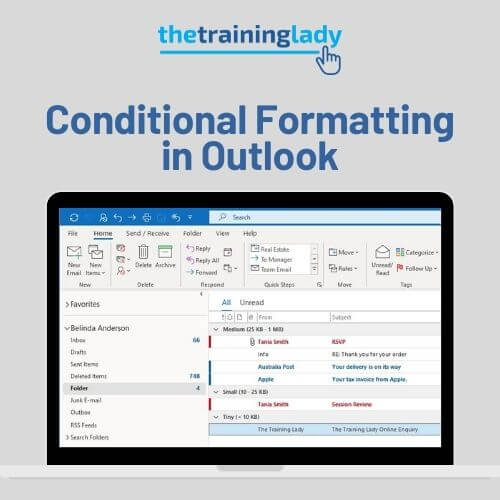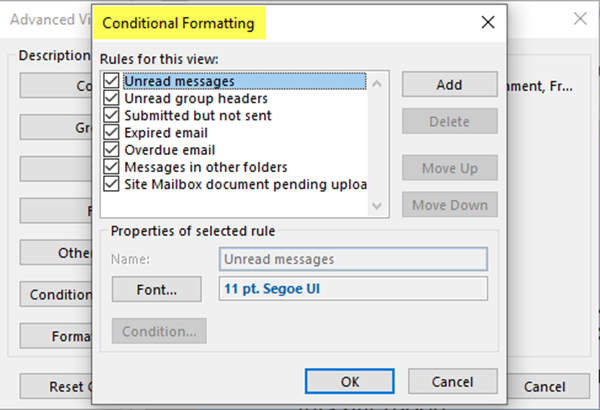

I am free because I know that I alone am morally responsible for everything I do. Here's a screen shot of my results (I chose column C as last column to be conditionally formatted) If it did, delete those double-quote marks and it should work properly. If it doesn't seem to work, double check the rule to make sure Excel did NOT change it to: Use the commands in the dialog box to select a new font, an effect such as strikeout or underline, a font color, a style such as bold. Click 'Font.' That starts the 'Font' dialog box. Click 'Add,' and in the 'Name' box, enter a name for the new rule. I suppose I could create a couple variables and use nested loops to format the Start and End date/time values, but that seems like an overly complicated solution. Select Conditional Formatting, New Rule, and "Use formula."įor the formula enter this, which can actually be copied out of the formula above Click 'Conditional Formatting.' That starts the 'Conditional Formatting' dialog box. In the Create HTML table action, there does not appear to be a way to use functions (including formatting functions) in the Column/Value field. This should begin in our sample at cell A2. Select all cells on the rows concerned from column A to last column you want highlighted. That should take care of the auto-text part of things. =IF(OR($A2 Apply Current View to Other Mail Folders to set the view on other folders. Changing the Inbox View in Outlook: Overview Changing the Inbox View in Outlook by Selecting a Different, Existing View By changing the Inbox view in. Close the dialogs and apply the view when finished.īecause Conditional formatting is part of a view, it may only be applied to the current folder (or to folders using the current view). In reporting, you can set targets for certain records by clicking on the Targets tab of a report column. To add a new conditional formatting rule, select Add, in the Name box, type a name, select Font to specify the formatting, and then select Condition to specify the criteria for this rule. for example, all you have to do is type +6w in the due date field. In this example, I'm going to highlight all messages from. On the other hand in the same report, Average Discount more than 15 is formatted green and red else-wise. Profit ratio more than 25 are formatted green and those less than 25 are formatted red. Do not use the From field on the Advanced tab. Let say we wan’t to apply conditional formatting to our discount and profit ratio measure across sub categories. If you want to filter by email address, not display name, type the address or part of the address in the From field on the Messages tab. In the Advanced View Settings dialog box, click Conditional Formatting.

From Outlook follow these steps: Click on the View tab. On the View tab, in the Current View group, click View Settings : 2.


You can set this up by following the steps below.
Click Add and enter a name for the formatting rule choose your Font. To configure messages from a particular person to appear in your inbox in a different color, you can use a conditional formatting rule. Click Conditional Formatting button (it's called Automatic Formatting in older versions of Outlook.). In all versions, right click on the row of field name (or Arrange By) at the top of the message list and choose Customize (or View Settings). In Outlook 2010 and newer, look for the View Settings button on the View tab. You can also apply rules to make Outlook display messages in different ways based on their properties (like the sender, subject line, or timestamp). There are some rules that are already in existence, but. The Conditional Formatting window appears where you will need to click on Add to start the process of creating a Conditional Formatting rule. Outlook lets you create and customize folder views in many ways, like adding and removing columns or grouping and sorting messages. In this example, I'm highlighting messages from a sender in Red then creating a copy of the view so I can show only the messages from that sender. To create a conditional format, select the View ribbon tab, and choose View Settings on the left.








 0 kommentar(er)
0 kommentar(er)
